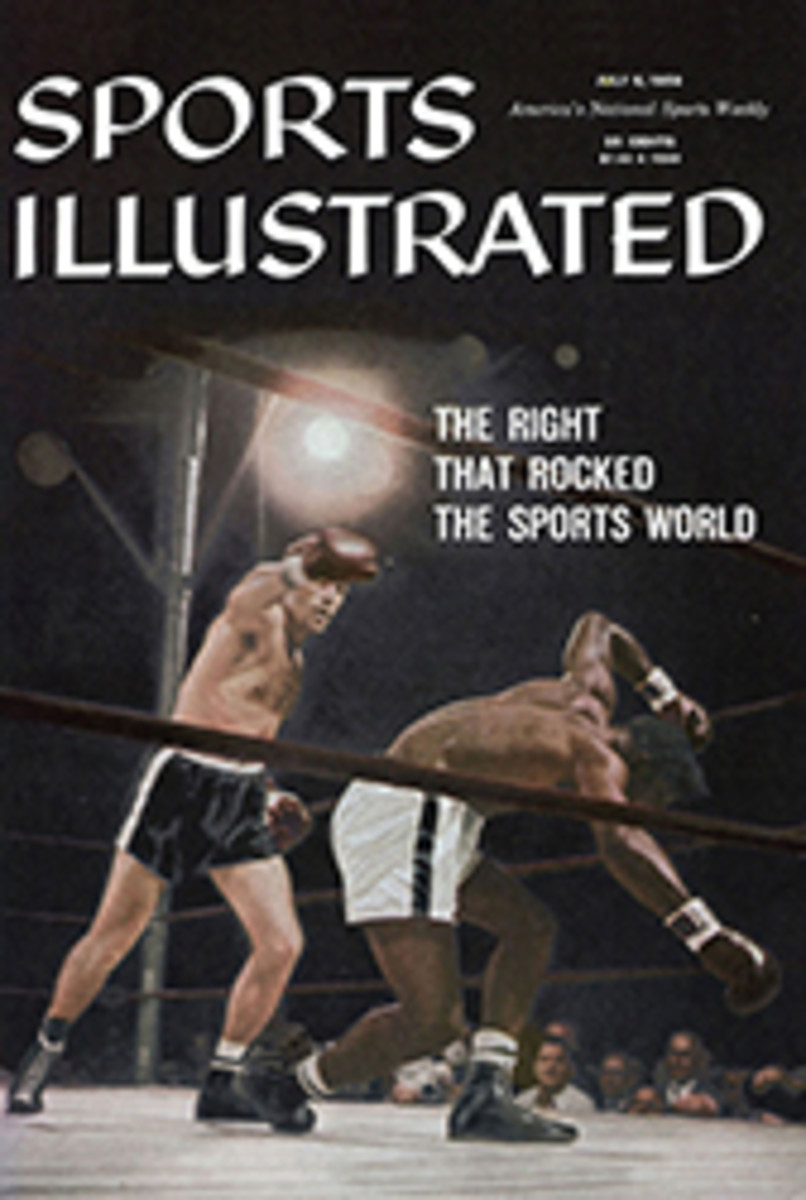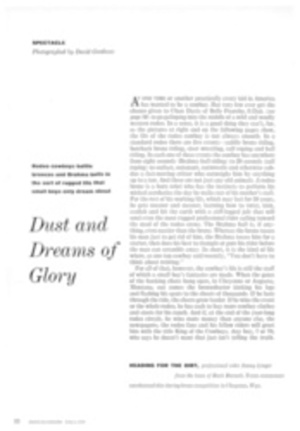
A king-size race: the Transpacific
When the starter's cannon barks its own celebratory salute at noon July Fourth, 41 yachts will be off for Honolulu, the second-largest number in the history of the world's longest regularly scheduled ocean race. Familiar to an eastern sailor will be a few of the contestants—notably Good News and Escapade—yet generally it will be a fleet with a unique character. For, while there are points of similarity to the Atlantic classic, the Bermuda race, there are many intriguing differences.
On the West Coast things come big. After circumnavigating Los Angeles and suburbs by automobile, the newcomer is conditioned to appreciate the vastness of the ocean lying ahead. Not to disappoint him, the course to Diamond Head is 2,225 nautical miles, against 635 to the Onion Patch.
Then, not restricted by a rule limiting the size of the competing vessels, many of the boats are larger than anything racing Atlantic waters. The biggest, the schooner Goodwill, is 161 feet over-all, and downwind can spread an astronomic 23,714 square feet of canvas. Her smallest sail comprises 1,500 square feet, set between the masts some 130 feet above the water (Columbia carried only 1,265 feet in her mainsail when defending the America's Cup). The spinnaker poles of this giant are 72 feet long-only a foot shorter than the maximum over-all length on deck allowed Bermuda racers. Counting Goodwill, seven yachts making the trek to Honolulu would be too big for the Cruising Club event.
Perhaps for this reason and the basically constant weather pattern, there appears to be more emphasis on elapsed-time performance than in most races. The record is the constant topic. Set by the 98-foot ketch Morning Star in 1955, the passage of nine days, 15 hours, five minutes, 10 seconds is a target for the bigger boys—and for the 46-foot catamaran Aikane, again going along unofficially for the ride.
As a neophyte on the Transpacific race, there are several things I will watch with particular interest. One is the use of radio, a subject of controversy in all ocean-racing circles. Except in direst emergency, transmission is forbidden in Atlantic events. Here there is a daily roll call by the escort vessel, and each yacht is expected to report position and weather conditions. Thus, every competitor knows the whereabouts of his rivals, and how they are moving. Contestants may talk back and forth, setting up a form of nautical gamesmanship. "Not only is it a great safety factor," says Kenny Watts, a veteran of many races in both oceans, "but it adds tremendous interest: you're not sailing in a vacuum of empty ocean, but get the same kick out of watching the competition you get in day racing, when you can see the other boats."
HOW FAR TO SAIL
I will be interested in the day-today practice of scientific weather forecasting and the preparation of meteorological charts at sea. Transpac racers are apparently far advanced in this technique. As the Gulf Stream current affects Bermuda race strategy, the Pacific high determines the courses of Honolulu-bound skippers. The barometer and not the thermometer is the vital instrument. One of the world's dominant pressure cells sits almost athwart the direct course, and the trick is how much farther to sail to find wind which will more than pay off the extra distance in increased speed.
Not all the fleet is king-size, of course. Two sister ships, No Hu Hu of Honolulu and Sayonara of Carmel, California, tie for the honor of being the smallest, at 36 feet on deck. There is a fine cross section of vessels in the Bermuda-size range, a fleet which seems in quality to stack up with any afloat. Many boats have unusual features, for the dead hand of the past seems to lose its grip in the California climate. Nam Sang, on which I will sail, epitomizes the break away from convention inherent in West Coast yachtsmen. Even if a newcomer does not fully agree with many of the departures or wholly agree with the thesis that gadgets in themselves mean speed, real contributions are being made to the ancient art of sailing.
Because the race is sailed before the virtually constant easterlies of the trade wind, spinnakers and spinnaker techniques have reached their finest flowering. Like all ocean races, the toughness of the Transpacific depends on the weather conditions of the moment, but the slide to Honolulu in a windy year can be hairy indeed, a severe test of men, gear and boats. And, waiting at the end of some 2,000 miles of hard driving, before the promised land can be reached, there is the final hurdle of the Molokai Channel, lying between the island of that name and Oahu. Into it wind and sea—and the racing fleet—all funnel for a final wild ride, spinnaker knockdowns virtually taken for granted. Diamond Head, all hands agree, is always a welcome sight.
PHOTO
CARLETON MITCHELL

